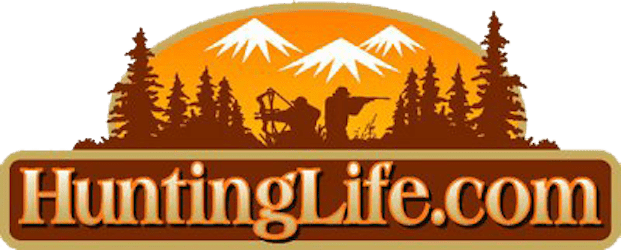TF's Kennamer is Keynote Speaker at Mexican Wild Turkey Symposium

EDGEFIELD, S.C.— The National Wild Turkey Federation’s Senior Vice President of Conservation Programs James Earl Kennamer, Ph.D., gave the keynote address during the inaugural Mexican Wild Turkey Symposium in Durango, Mexico, on Friday, Oct. 10.
Kennamer’s words to the Mexican Wild Turkey Symposium attendees were that of encouragement in their fight to restore wild turkeys and wild turkey habitat and to let them know that NWTF and its partners successfully restored wild turkeys, but dealt with some challenges along the way.
“In the early days of wild turkey restoration, we all found some bumps in the road that the wildlife community had to work out,” said Kennamer. “But there is no reason that the Mexican wildlife community should have to go through the same struggles in order to be successful. I look forward to working with all of them to ensure a successful future for the wild turkey in Mexico.”
Representatives from NWTF Mexico, private and government wildlife managers from Mexican agencies including, SEMARNAT (The Mexican equivalent to the U.S. Fish and Wildlife Service) and AMAVISI (an association of wildlife managers) attended the event.
Kennamer has spent 28 years at the helm of the NWTF’s conservation programs department working with wildlife agencies to restore wild turkey populations in the United States and Canada. Before coming to the NWTF, Kennamer was a tenured professor of wildlife biology at Auburn University.
During the early 1900s, the wild turkey had nearly disappeared from the United States and Canada due to the ax, the plow and subsistence hunting. Since the 1950s, state and provincial wildlife agencies have moved more than 195,000 wild turkeys into suitable habitat across North America. The NWTF has accelerated those efforts through the purchase of trapping equipment, transfer boxes, funding and the help of its volunteers and partners. Today there are nearly 7 million wild turkeys throughout North America.
“In many ways, Mexico is now in the same position that we once were in the United States; you have good wild turkey habitat where turkey populations have been lost. You also have a great opportunity to do something about that,” Kennamer told the group. “Mexico can follow the same model of wild turkey restoration that has worked so well in the United States, learning from our experience and avoiding the mistakes we made.”
Kennamer also urged the symposium attendees to develop a wild turkey technical committee, composed of the nation’s wild turkey experts, for the interchange of ideas, management strategies and techniques and stressed the current NWTF Technical Committee is more than willing to assist and support the efforts of NWTF Mexico.
“This group can form the nucleus for wild turkey restoration nationwide. Additionally, the group can work with NWTF Mexico to facilitate trap-and-transfer efforts between states and regions,” Kennamer said. “Working together, we can restore wild turkeys into suitable habitat across Mexico, producing new hunting opportunities and tremendous economic benefits.”
During the last 40 years, wildlife management professionals in the United States who specialize in wild turkeys have joined forces regularly to discuss the status of the wild turkey and research findings and needs to help keep wild turkey populations healthy.
“We’ve come a long way since 1959 when the First National Wild Turkey Symposium was held in Memphis (Tenn.),” said Kennamer. “My father attended that symposium, and I’ve attended every one since. Since then, most of North America’s wild turkey population has been brought back from near disaster. Everyone at the NWTF is looking forward to a new challenge in Mexico, and we are happy to work with private and government wildlife professionals to ensure the wild turkey’s future there, too.”
The previous Wild Turkey Symposium was hosted by the Michigan Department of Natural Resources in Grand Rapids, Mich., in December of 2005. The next wild turkey symposium is slated for December of 2010 in and will be held at the U.S. Fish and Wildlife Service’s National Conservation Training Center in Shepherdstown, West Virginia. The symposium will be co-hosted by the West Virginia Division of Natural Resources and the Virginia Department of Game and Inland Fisheries, with support from the NWTF and the NWTF Technical Committee.
